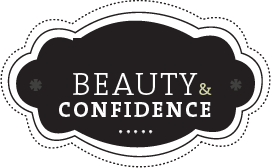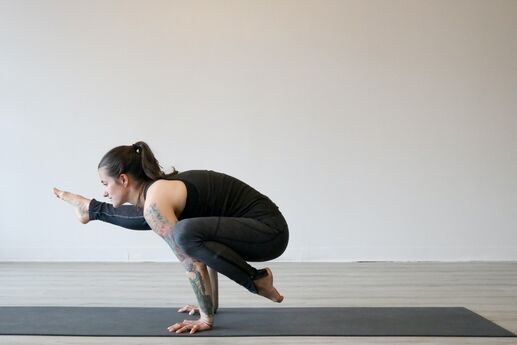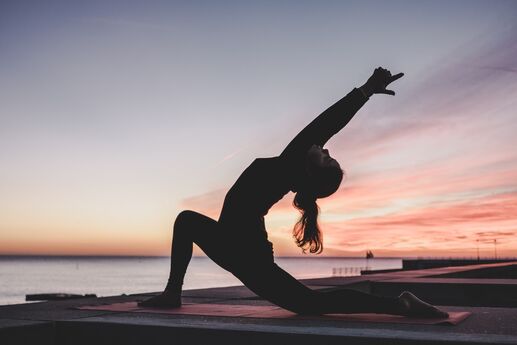The Benefits of a Daily 20 minute Yoga Routine
Yoga has been practiced for thousands of years and has become increasingly popular in recent times as a form of exercise and relaxation. Many health experts believe that a daily yoga routine can help overall health and boost energy. A 20-minute yoga workout can offer a wide range of benefits for both the mind and body. In this blog post, we will explore the advantages of a 20-minute yoga workout and why it is a valuable addition to your daily routine.
Improves flexibility
One of the most apparent benefits of yoga is that it improves flexibility. A 20-minute yoga workout can help you stretch your muscles, which increases your range of motion and reduces the risk of injury. Yoga also helps release tension in the muscles, which can improve overall mobility.
Reduces stress and anxiety
A 20-minute yoga workout can help reduce stress and anxiety by calming the mind and promoting relaxation. Yoga has been shown to decrease the production of the stress hormone cortisol, which can help alleviate the symptoms of anxiety and depression.
Boosts energy levels
Yoga helps to increase energy levels by stimulating the nervous system, which increases blood flow and oxygen to the body. A 20-minute yoga workout can leave you feeling invigorated and refreshed, ready to take on the day ahead.
Improves posture
Poor posture can lead to a range of health problems, including back pain, headaches, and poor digestion. A 20-minute yoga workout can help improve your posture by strengthening the muscles that support your spine and neck.
Enhances focus and concentration
A 20-minute yoga workout can help enhance your focus and concentration by calming the mind and increasing blood flow to the brain. Yoga also encourages mindfulness, which can help you stay focused on the task at hand.
Improves sleep quality
Yoga can help improve sleep quality by promoting relaxation and reducing stress and anxiety. A 20-minute yoga workout before bedtime can help calm the mind and body, allowing you to drift off to sleep more easily and sleep more deeply.
Boosts immune system
Yoga has been shown to boost the immune system by increasing the production of antibodies and improving lymphatic flow. A 20-minute yoga workout can help strengthen your immune system, making you more resilient to illness and disease.
Promotes weight loss
Yoga can help promote weight loss by increasing metabolism and reducing stress and anxiety, which can lead to overeating. A 20-minute yoga workout can be a great addition to your weight loss regimen, helping you burn calories and reduce stress.
Improves cardiovascular health
Yoga can help improve cardiovascular health by lowering blood pressure, reducing cholesterol levels, and increasing circulation. A 20-minute yoga workout can help reduce the risk of heart disease and stroke, making it a valuable addition to your exercise routine.
In conclusion, a 20-minute yoga workout can offer a wide range of benefits for both the mind and body. Whether you are looking to improve flexibility, reduce stress and anxiety, boost energy levels, or promote weight loss, yoga can help. By making a 20-minute yoga workout a part of your daily routine, you can enjoy these benefits and more, improving your overall health and well-being.






